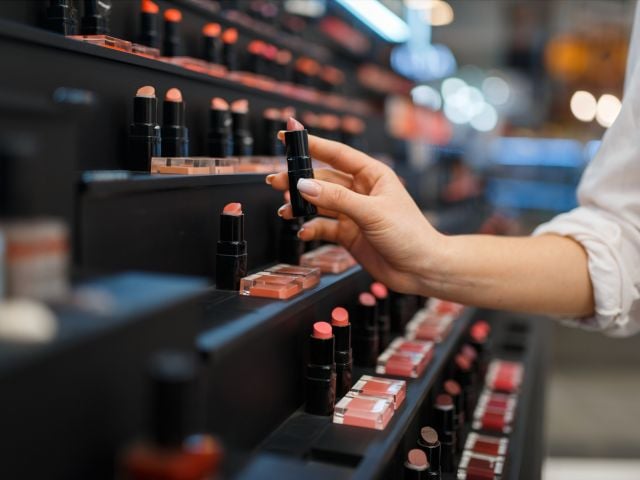
In EWG’s 2017 Guide to Sunscreens you may have noticed that our scientists did not evaluate tanning products. We rate a number of sunscreens with bronzers that can give you the appearance of a tan, but actual tanning lotions and oils are not included.
Here’s why: Tanning products tend to promote unsafe sun behavior.
When it comes to sun protection, tanning products share two main characteristics: They have a low SPF ratings, typically below SPF 15, and they are often formulated with few to no ingredients that reduce UVA radiation exposure.
SPF values determine a product’s efficacy at protecting from the sun’s UVB rays – the rays that cause sunburn and increase the risk of developing skin cancer. Tanning products typically have an SPF between 4 and 15. EWG scientists are concerned that products, tanning or otherwise, with SPF values of less than 15 do not provide adequate UVB protection, and thus exclude them from our guide.
In addition, some tanning products are formulated without, or with only minimal amounts of, ingredients meant to provide UVA protection, such as avobenzone or zinc oxide. Exposure to UVA rays leads to long-term skin damage and may increase the risk of developing cancer, but these rays also promote the skin’s tanning process without causing sunburns.
Tanning beds function similarly, using UVA radiation specifically to tan the skin. The International Agency for Research on Cancer categorizes tanning beds as known human carcinogens because they greatly increase melanoma rates in young women who use them. But no matter the method, tanning is a sign of skin damage, and overexposure to UV rays has been linked directly to increased risks of melanoma.
So skip the tanning products, including lotions, oils, salons and beds, and use a product that protects against both UVB and UVA rays instead.
Use EWG’s 2017 Guide to Sunscreens to search for the most effective broad spectrum product, and always practice sun safety.



